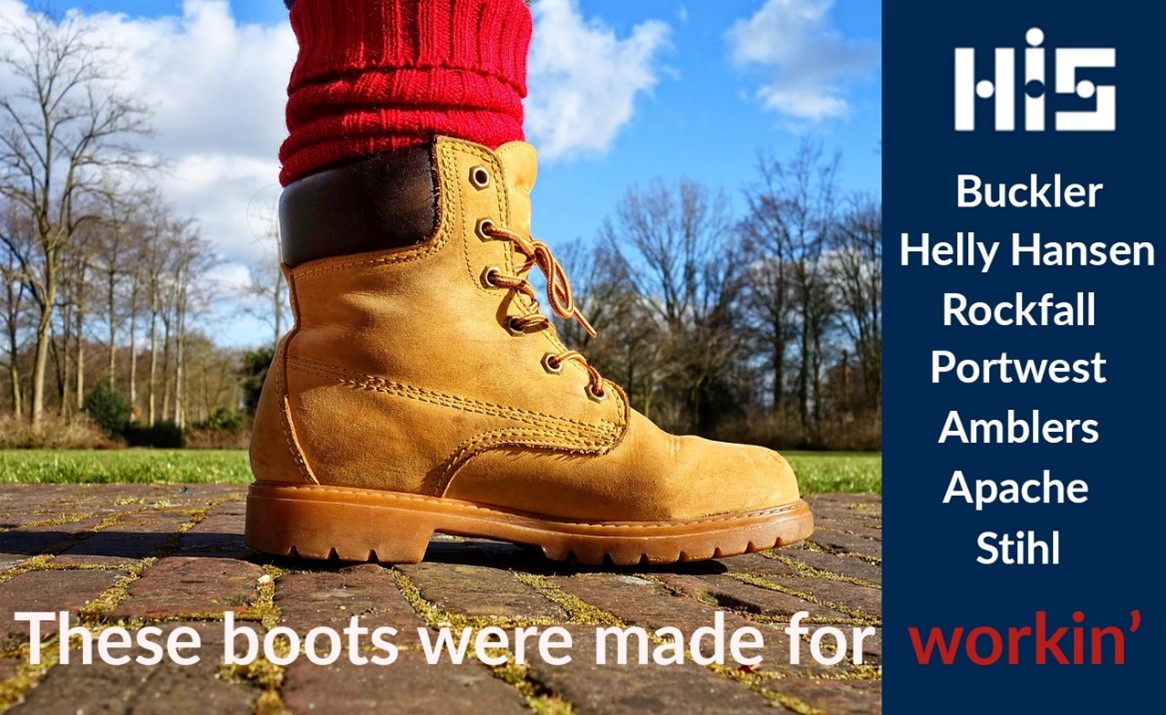
How to Choose the Best Site Work Boots for Tough Jobs
When working on-site, your boots aren’t just footwear — they’re vital gear that can mean the difference between a safe, comfortable day and one filled with discomfort or potential injury. With so many different types of boots on the market , it can be challenging to choose the right pair. This guide will help you navigate the options, focusing on durability and the materials that make the best work boots for tough jobs.
1. Understanding the Importance of Durability
One of the most critical factors in selecting work boots for tough jobs is durability. When working in harsh environments, your boots need to withstand continuous wear and tear, from rough surfaces to
exposure to water, chemicals, and extreme weather conditions.
Look for boots made from durable materials like leather, synthetic fibres, or rubber. Reinforced stitching, robust soles, and quality construction are essential in ensuring that your boots last, even when
exposed to demanding conditions. Brands like Bulldog, known for high-quality materials and craftsmanship, offer models that excel in durability.
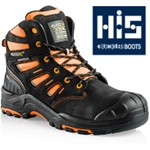
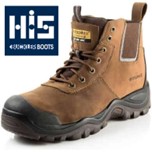
2. Matching Boots To Your Job Type
The type of job you’re doing will largely determine the features you need in a pair of site work boots. Let’s look at some of the most common roles and the recommended features for each:
- Construction Workers: If you’re in construction, steel toe caps are a must to protect your feet from falling objects. You'll also need boots with puncture-resistant soles to guard against nails and other sharp materials on-site. High ankle support is key for added stability when walking on uneven ground.
- Electricians and Plumbers: For those working with electrics or around water, non-conductive soles and waterproof materials are essential. Look for boots that have electrical hazard protection, marked by EH ratings, to ensure you're safeguarded against electrical shocks.
- Warehouse and Industrial Workers: If you spend long hours on your feet, comfort and cushioning are just as important as protection. Boots with shock-absorbing soles can reduce fatigue, while a moisture-wicking inner lining can help keep your feet dry throughout the day.
- Outdoor Labourers and Farmers: Working in muddy, wet, or snowy conditions requires waterproof boots that have excellent grip and offer insulation. Rubber or Gore-Tex-lined boots are excellent choices for keeping feet dry and warm in all conditions.
3. Choosing the Right Material
The materials that make up your boots will play a large role in their performance, comfort, and longevity. Here’s what you need to know about the most common materials:
- Leather: Leather is one of the most popular materials for work boots. It’s highly durable, water-resistant, and offers excellent protection. Full-grain leather is thick, tough, and capable of withstanding the most demanding environments.
- Synthetic Materials: Modern work boots often incorporate synthetic materials like nylon or mesh, especially in areas that require flexibility or breathability. These materials are lightweight and often more affordable than leather, making them a good choice for less intense jobs or warmer climates.
- Rubber: For those working in particularly wet or muddy environments, rubber boots offer excellent water resistance. Look for boots with rubber soles for slip resistance, which is especially important if you work on slippery surfaces like concrete or wet ground.
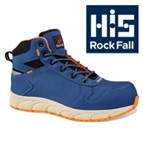
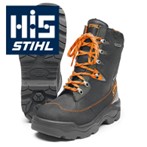
4. Key Features to Look For
When selecting your work boots, look out for these key features that can help ensure they meet the demands of your job:
- Steel or Composite Toe Caps: To protect your toes from falling objects or compression.
- Slip-Resistant Soles: Essential for preventing accidents, especially in wet or oily conditions.
- Waterproofing: Vital if you're working outdoors or in wet conditions. Waterproof boots will keep your feet dry, reducing the risk of fungal infections or discomfort.
- Comfort and Support: Cushioned insoles and proper arch support can make a big difference, especially if you're on your feet all day. Consider boots with removable insoles so you can customise the fit.
- Breathability: A breathable lining or moisture-wicking technology can prevent your feet from overheating or sweating excessively, keeping you more comfortable in warm conditions.
5. Maintenance For Longevity
Once you’ve chosen the right boots, proper care will help ensure they last as long as possible. Clean your boots regularly, particularly after working in muddy or dusty conditions. Leather boots benefit from
conditioning to keep them supple and prevent cracks. Waterproofing sprays or treatments can also help extend the life of your boots, especially if you work in wet environments.
Choosing the best site work boots for tough jobs means balancing protection, comfort, and durability. By considering the demands of your job, the materials that best suit your work environment, and the key
features that provide both safety and comfort, you’ll be well-equipped to find the perfect pair. Highland Industrial Supplies offers a wide range of durable and reliable work boots tailored to your needs,
ensuring that you can tackle even the toughest jobs with confidence.
For more options and advice, browse our selection of work boots here.


